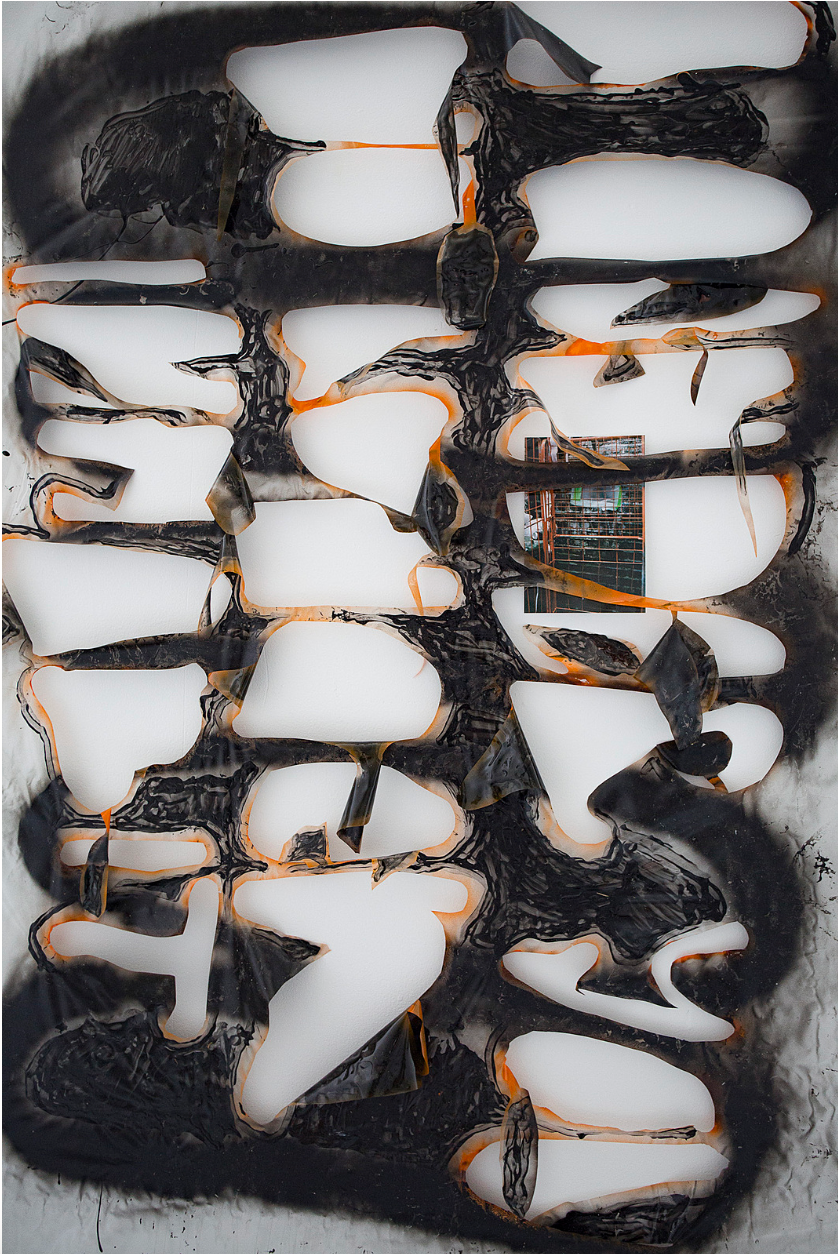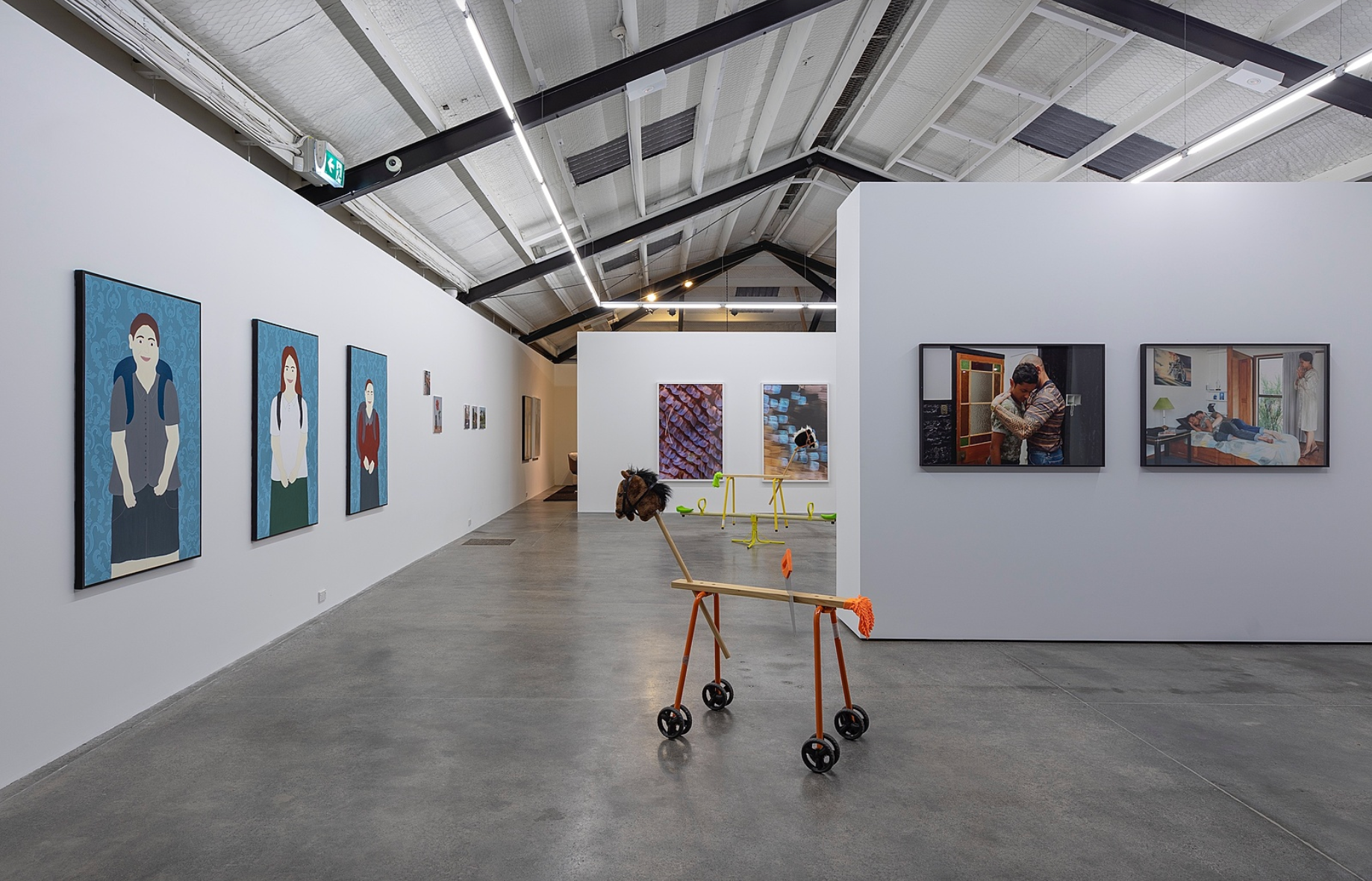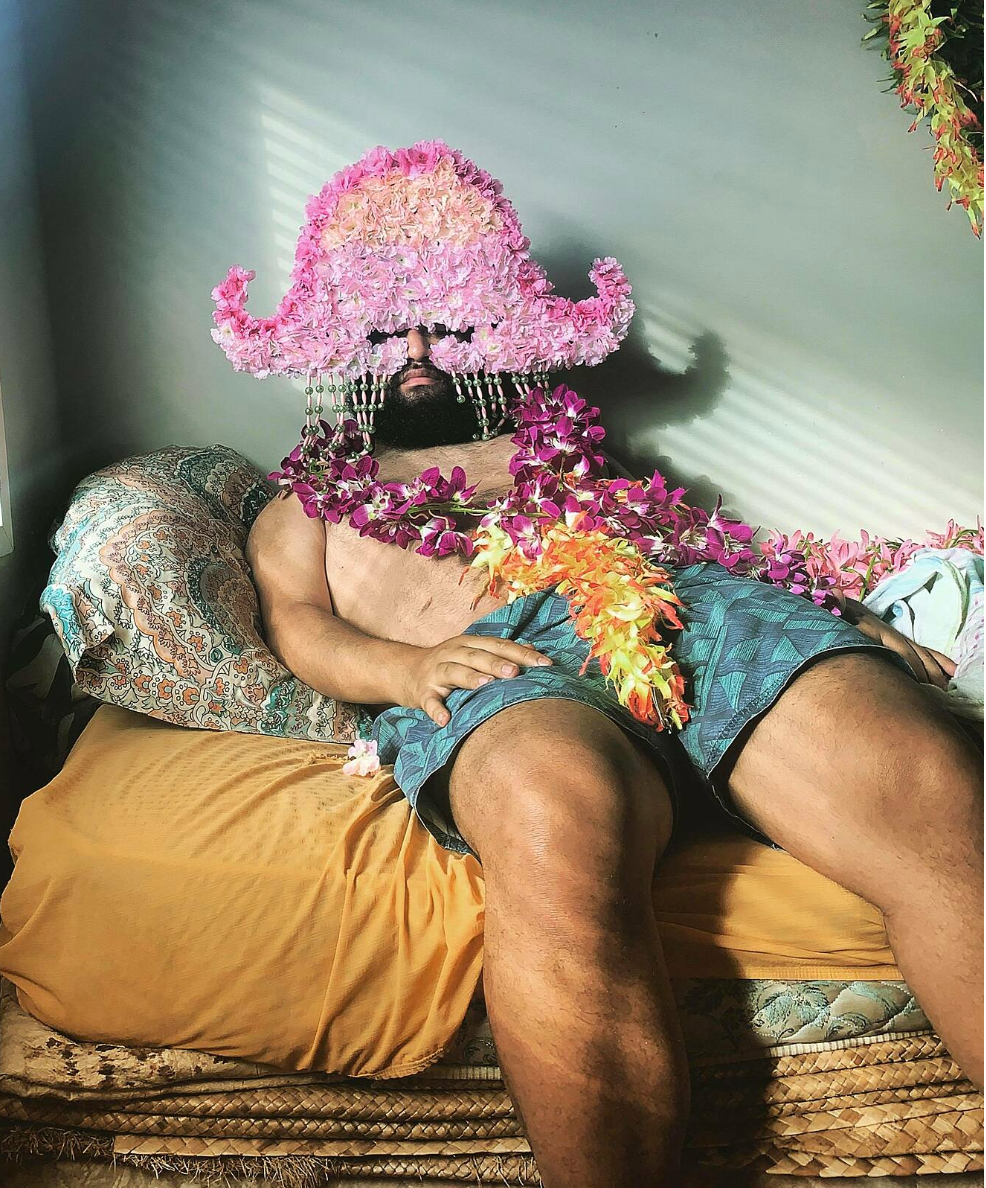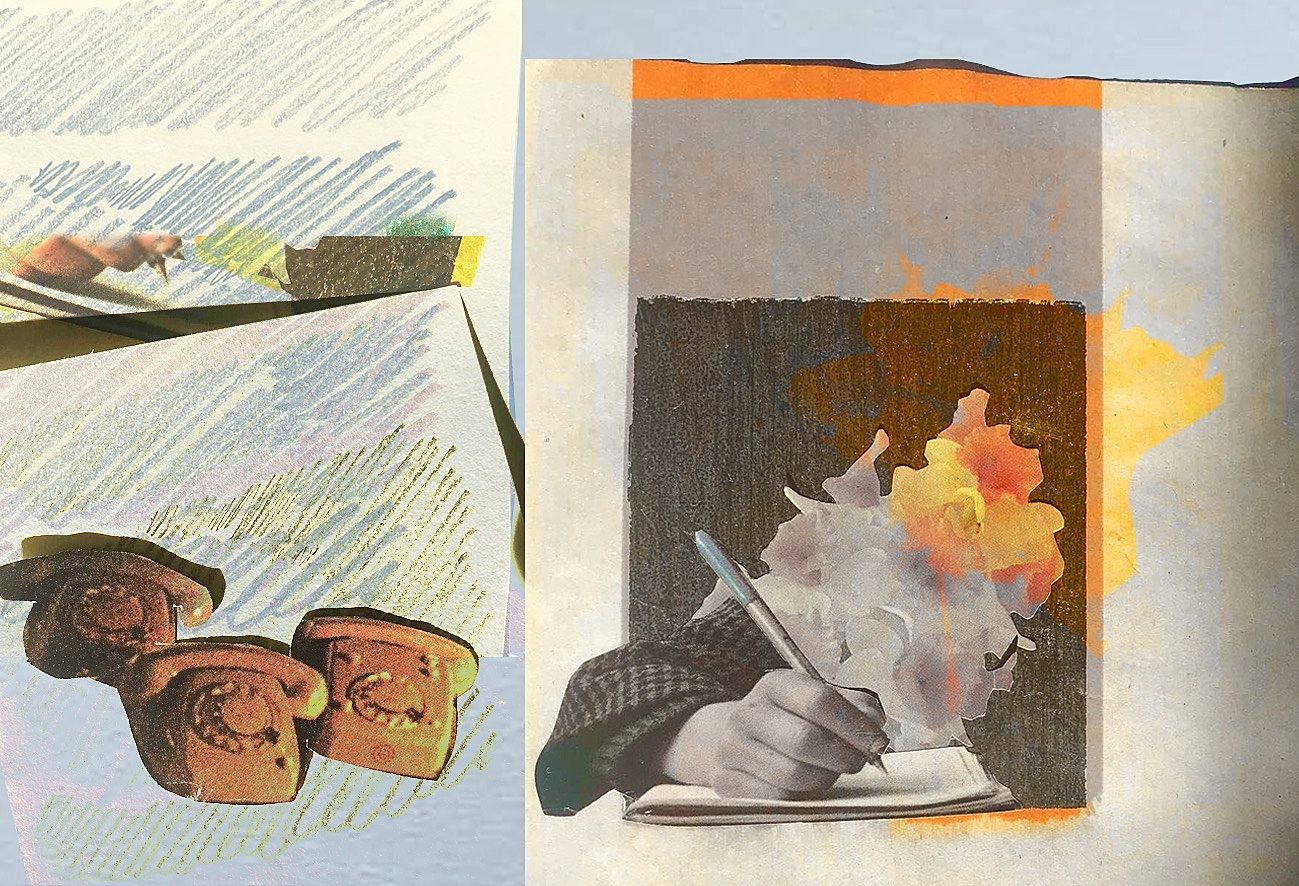The Unmissables: Three Exhibitions to see in February
The best art on show this month in Tāmaki Makaurau Auckland.
A monthly round-up of artworks in Tāmaki Makaurau that we keep returning to.
This month’s Unmissables takes us off the beaten track and into some fun, innovative and politically charged spaces.
February’s team of art critics, Lucinda Bennett, Lana Lopesi and Natasha Matila-Smith, have searched the city to find the best art on show in the parks, homes and galleries of Tāmaki Makaurau.
Parasite gallery’s inaugural exhibition Grind House, by Tash Keddy, is aesthetically on-brand – black, aluminium, spray paint and chemical burns – visually reminiscent of grimy local predecessors like Terror Management. Though perhaps in the context of queer and LGBTQI+ art, and even the recent gentrifying actions taking place on Karangahape Rd, aesthetic choices become entirely political here. In this instance, they have become an active rejection of the palatable and a resolve to appreciate things that aren’t always considered beautiful.
In the tradition of many Karangahape Rd artist-run spaces, Parasite gallery is located in founder Daniel John Corbett Sanders’ private residence. Located in parts of his extensive stairwell, the gallery was formed in response to sky-high rental prices and an ever-increasing need for queer and LGBTQI+ art representation and agency in Tāmaki Makaurau. Parasite’s predicament is a perfect metaphor for marginalised artists, often occupying uncomfortable spaces out of necessity but radically existing and even thriving in those less desirable pockets.
Parasite could turn into a really important historic moment for queer art history in Aotearoa. Considering how Sāmoa House Library came to be and the recent developments in the Pride March, it becomes clear that self-organisation and self-determination are crucial when it comes to discussions about where queer art is going. — NMS
Tash Keddy
Grind House
Parasite
21 February – 21 March
I feel a responsibility as a Māori gallerist (Te Arawa, Te Atiawa) to try and represent a Māori worldview to our predominantly European audience of friends and supporters. – Tim Melville
Opening 2020 at Tim Melville Gallery is an exhibition borne from a question: Who are [the] Māori artists whose work feels Māori but doesn’t always look Māori? A group show with a clear kaupapa, Release the Stars brings together a group of Māori artists from the TMG stable alongside others whose practices share this feeling.
As one would hope and expect, the forms these works that “feel Māori” can take are incredibly diverse. In Russ Flatt’s photograph Spoon (2016), whāea brings her hands together in front of her face as she finds two boys in deep slumber, fully clothed above the duvet, peaceful as they spoon. PĀNIA! makes clever, pun-loving use of saw horses, children’s toys and cleaning supplies in the sculpture See Saw Sore Horse (2020). In tender, photorealistic style, Hiria Anderson paints small-town and suburban Aotearoa, humble still lives inside houses and marae, streetscapes and stolen moments at an iPhone-screen aspect ratio. Ayesha Green gives us first-day-of-school portraits against fleur-de-lis wallpaper, kids depicted with self-conscious smiles in Green’s signature flattened style. As one of those in the gallery’s “predominantly European audience”, I felt excited to see some of my favourite artists together, and for the Māori feeling of their work to be spotlit in all its heterogeneity, not tightly curated to tell a singular story.
More than just a beautiful show, this is a show with a beautiful kaupapa. However, I wonder about the gap this show is filling. Should it be the role of a dealer gallery to curate a group of eight contemporary Māori artists? Should our (publicly funded) national institutions not be funnelling their (not insignificant) resources into these practices, working to tell these stories, share these feelings and, as Melville writes, “represent a Māori worldview” to their audience? Food for thought this February, as the sun sets on another Waitangi Day. — LB
Hiria Anderson, Russ Flatt, Star Gossage, Brett Graham, Ayesha Green, Nikau Hindin, PĀNiA! and Fiona Pardington
Release the Stars
Tim Melville Gallery
11 February – 7 March
Nestled in the bustling heart of Avondale, once a month an unmissable contemporary art and craft extravaganza pops up: Moana Fresh. At the nuts and bolts level, Moana Fresh is a pop-up store that started last December. For sale are works by 16 Pacific and Māori artists ranging from original artworks, prints, soaps, ceramics, jewellery and accessories. It is run by artists and D.A.N.C.E. Art Club members Ahilapalapa Rands (Hawai’i, Fiji, Sāmoa, Scotland) and Vaimaila Urale (Sāmoa), who’s 12-year collaborative relationship is based on “raising the representation of Pacific artists in public and contemporary arts spaces”. While it has only been going for a few months, the community response has been overwhelming for the duo, and they are constantly selling out. For the pair, this “shows that there is a massive demand for handmade artworks and handmade goods with a Pacific flavour.”
One artist whose work has been flying out of the store is Sione Monu, and it’s easy to understand why. As a multimedia artist, Monu has become well known for a sophisticated sensibility perhaps most memorable in videos made for the artist’s Instagram account. For Moana Fresh, however, he has been making a series of hanging works utilising fake flowers, beading and foam board. The humorous and light works often draw on familiar objects in exciting and tactile ways. For the next Moana Fresh (7 – 8 March) Monu will be selling larger works newly made for the exhibition I’m here. Where are you? as part of Richard Orjis’s Queer Pavilion in Auckland Pride Festival 2020. — LL
Moana Fresh
62 Rosebank Road, Avondale
7 – 8 March, 9am – 3pm
Feature image: Russ Flatt, Spoon, Tim Melville. Photograph: Kallan MacLeod.
The Unmissables is presented in a partnership with the New Zealand Contemporary Art Trust, which covers the cost of paying our writers. We retain all editorial control.







